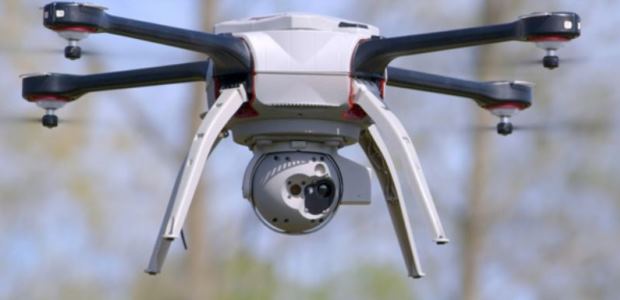
FAA Seeking to Identify and Track Drones in Flight
Eventually, the recommendations the new Aviation Rulemaking Committee produces could help to pave the way for drone flights over people and beyond visual line of sight, FAA reported.
Saying that knowing the identity of whoever is flying a drone unsafely or somewhere it shouldn't be flown is a critical question for law enforcement and homeland security, the Federal Aviation Administration is creating a new Aviation Rulemaking Committee that will help the agency create standards for remotely identifying and tracking unmanned aircraft in flight. The committee will hold its first meeting June 21-23 in Washington, D.C.
Currently, there are no established requirements or voluntary standards for electrically broadcasting information to identify an unmanned aircraft while it is in the air, FAA reported, adding that it is setting up the committee "to help protect the public and the National Airspace System from these 'rogue' drones."
It's clearly a big committee, because FAA listed 73 organizations as confirmed members. They include the Air Line Pilots Association, the American Association of Airport Executives, AT&T, BNSF Railway, Ford Motor Company, the Helicopter Association International, Intel Corp., the International Association of Chiefs of Police, the National Governors Association, Qualcomm, SAE International, the Texas Department of Public Safety's Aircraft Operations Division, Verizon, the New York City Police Department, and PrecisionHawk. FAA said the committee's membership "represents a diverse variety of stakeholders, including the unmanned aircraft industry, the aviation community and industry member organizations, manufacturers, researchers, and standards groups."
Its major tasks include:
- Identify, categorize, and recommend available and emerging technologies for the remote identification and tracking of drones
- Identify requirements for meeting the security and public safety needs of law enforcement, homeland defense, and national security communities for remote identification and tracking
- Evaluate the feasibility and affordability of the available technical solutions and determine how well they address the needs of law enforcement and air traffic control communities
"Eventually the recommendations it produces could help pave the way for drone flights over people and beyond visual line of sight," FAA added.